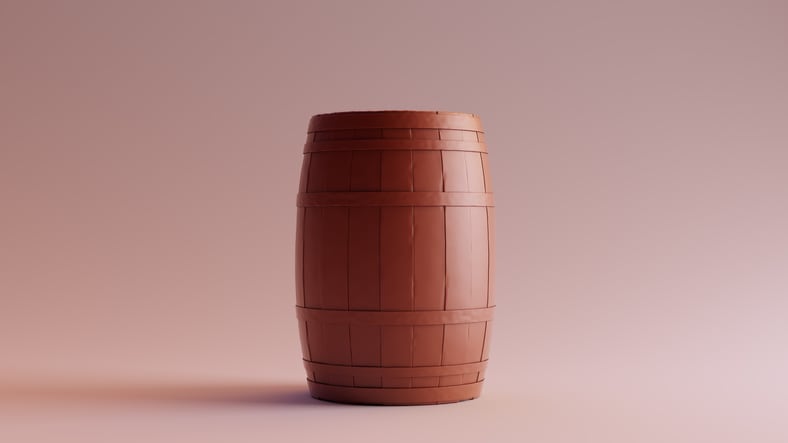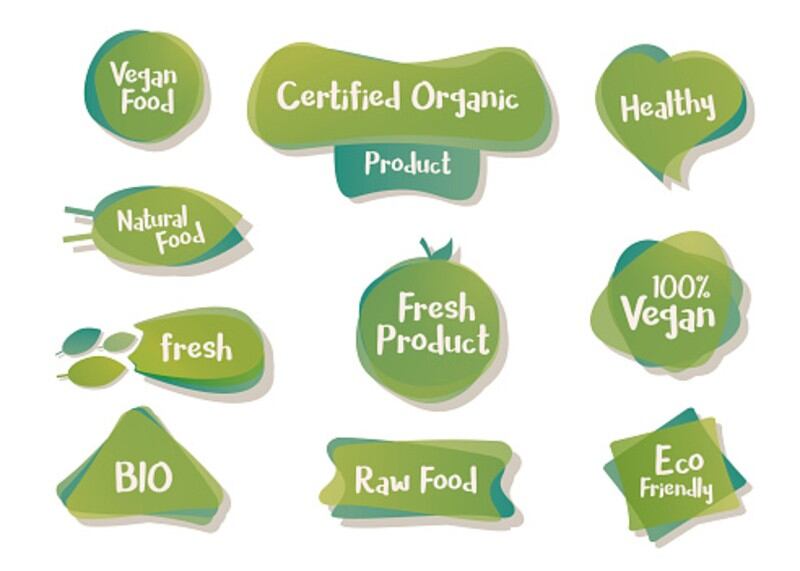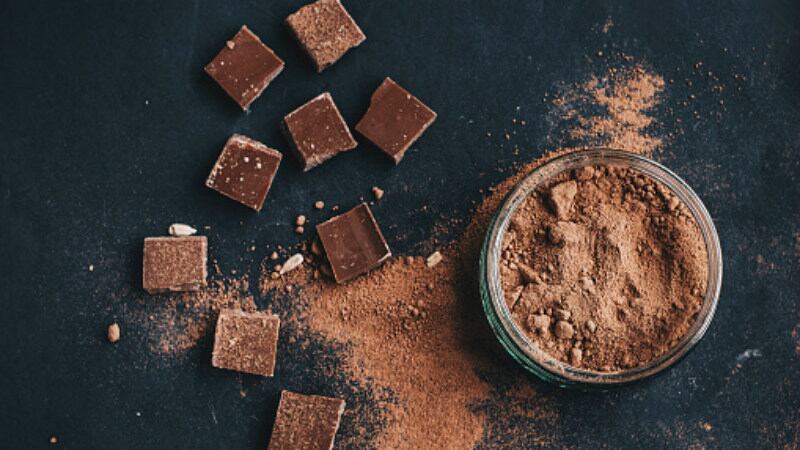The process consists of layering chocolate with different sugar concentrations using a 3D printer, after which human panellists evaluated the samples on sensory qualities and sweetness.
They found that chocolate samples containing 41.6% sugar were similar in sweetness to the control sample (51.5% sugar), with no changes to sensory qualities.
“The layering of high and low sugar chocolate by 3D printing achieved up to a 19% sugar reduction without changes in overall sweetness perception and overall liking,” researchers from Canada and Vietnam wrote in Foods.
Research method
They described their study method, starting with buying two types of Swisse dark chocolate from a supermarket in Canada, these were 47% dark chocolate considered high in sugar for this study, and 72% dark chocolate which was considered low in sugar.
The chocolates were tempered by heating to 45–55 °C, followed by cooling to 27 °C.
Cooled chocolates were fed into the dual extruders of the 3D printer, and printed at a set temperature of 28 °C (low sugar chocolate) or 32 °C (high sugar chocolate).
They were then layered in six different combinations in a cylinder, to generate different types of % sugar (w/w) concentrations.
The combinations were as follows:
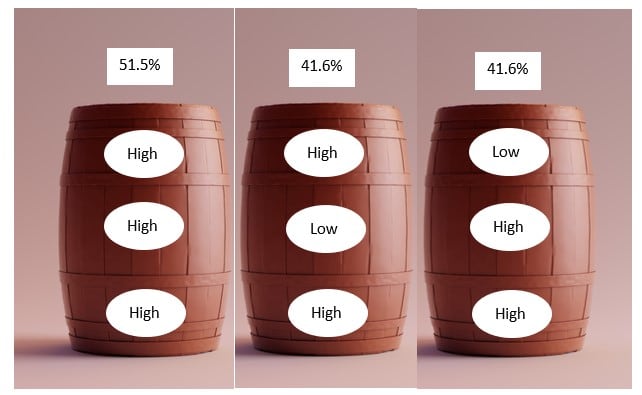
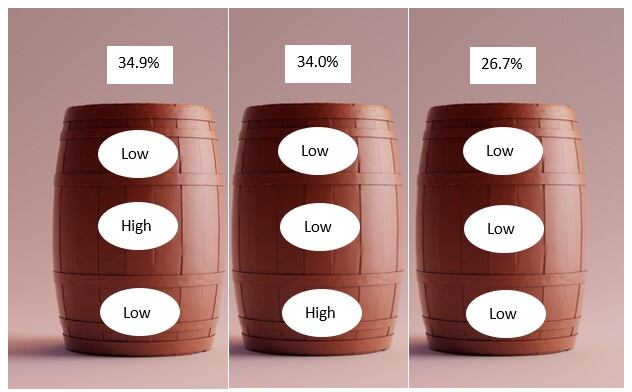
The high-high-high sample had a 51.5% sugar content, which is comparable to conventional chocolates sold at grocery stores, so it was used as the control or the non-sugar-reduced chocolate.
Researchers chose to go with 3D food printing because it is a more accurate and efficient method to create chocolate layers compared to conventional methods using moulds and provides the user with the flexibility to create layered designs of different shapes as desired.
Following the chocolate creations, 72 students and staff at the University of Alberta, aged 18 and older who enjoyed and were regular consumers of both milk and dark chocolate were recruited for the sensory evaluation.
They completed an online questionnaire on indicating the sweetness of the six samples, and their liking.
The best combinations
From the results, all samples were rated as “not very sweet” to “moderately sweet” (2.3–3.3) on the 5-point scale.
There were no significant differences in overall liking between the six samples, they were all liked slightly to moderately.
The combination of high-low-high, and low-high-high, whose sweetness was comparable to the control sample, were preferred.
These two samples had sugar content of 41.6%, which was 19% less than the control’s 51.5%.
In other combinations such as low-low-low (26.7%), low-low-high (34%), and low-high-low (34.9%), the sugar reduction was detected by participants.
Researchers said the position of the high and low sugar chocolate layers mattered in perceived sweetness intensity and temporal sensory profile. For instance, chocolate samples with a high sugar layer at the bottom tend to taste just as sweet as control samples even though it had a lesser sugar content overall.
“The 3D printed chocolate with a high sugar layer in both the top and bottom (high-low-high) had the most similar temporal sensory profile to the sweetest control sample (high-high-high).”
Sugar reduction future
These findings showed that a 19% reduction in sugar as a result of layering by 3D printing would not affect perceived overall sweetness and overall liking.
Future studies could utilise 3D printing to generate chocolates with varying numbers of layers, different concentration gradients between the layers, and all possible layering orders to more clearly describe the effect of these variables on perceived temporal sensory profile and overall sweetness.
Globally, there is an increasing need for sugar-reduced foods due to the negative impacts of high sugar consumption on human health.
“There is a motivation for the food industry to continue research on sugar reduction strategies to achieve specific sugar reduction targets,” researchers said. 3D food printing is an emerging technology to develop new products.
Source: Foods
https://doi.org/10.3390/foods10092082
“Temporal Sensory Perceptions of Sugar-Reduced 3D Printed Chocolates”
Authors: Khemiga Khemacheevakul, et al.

